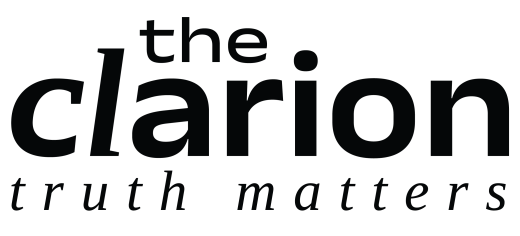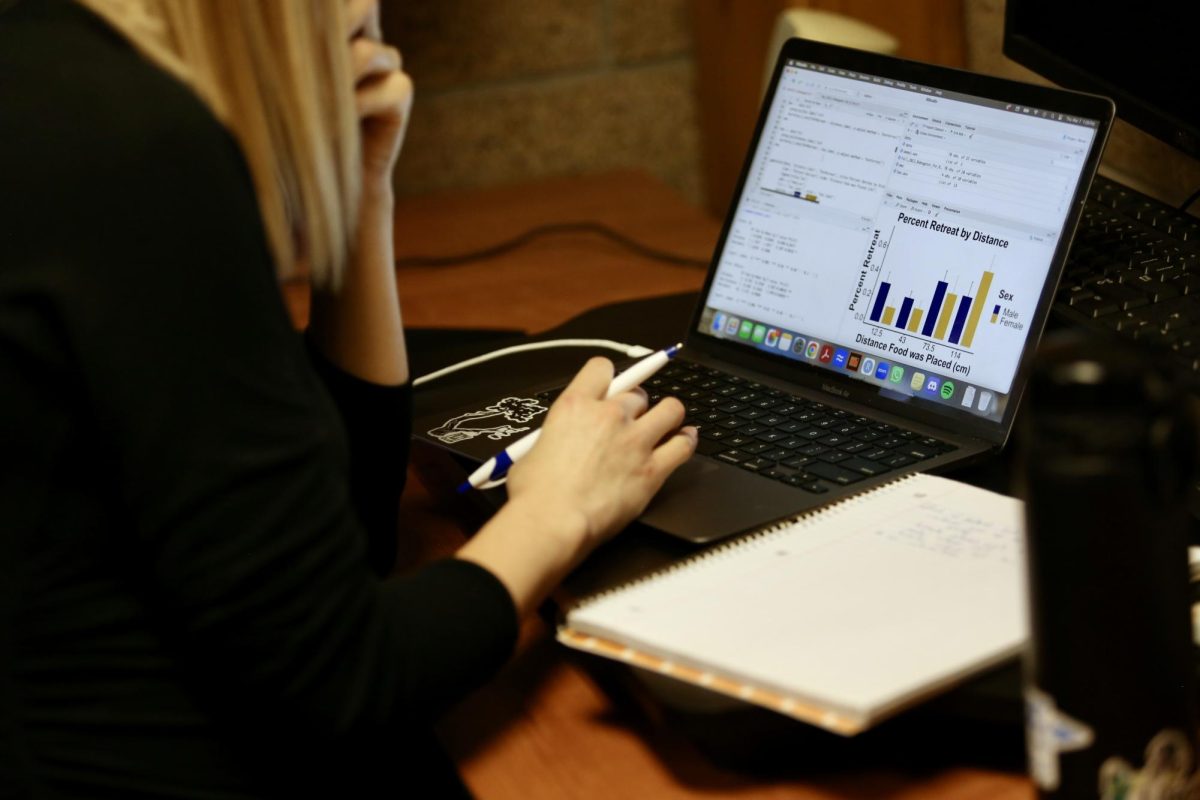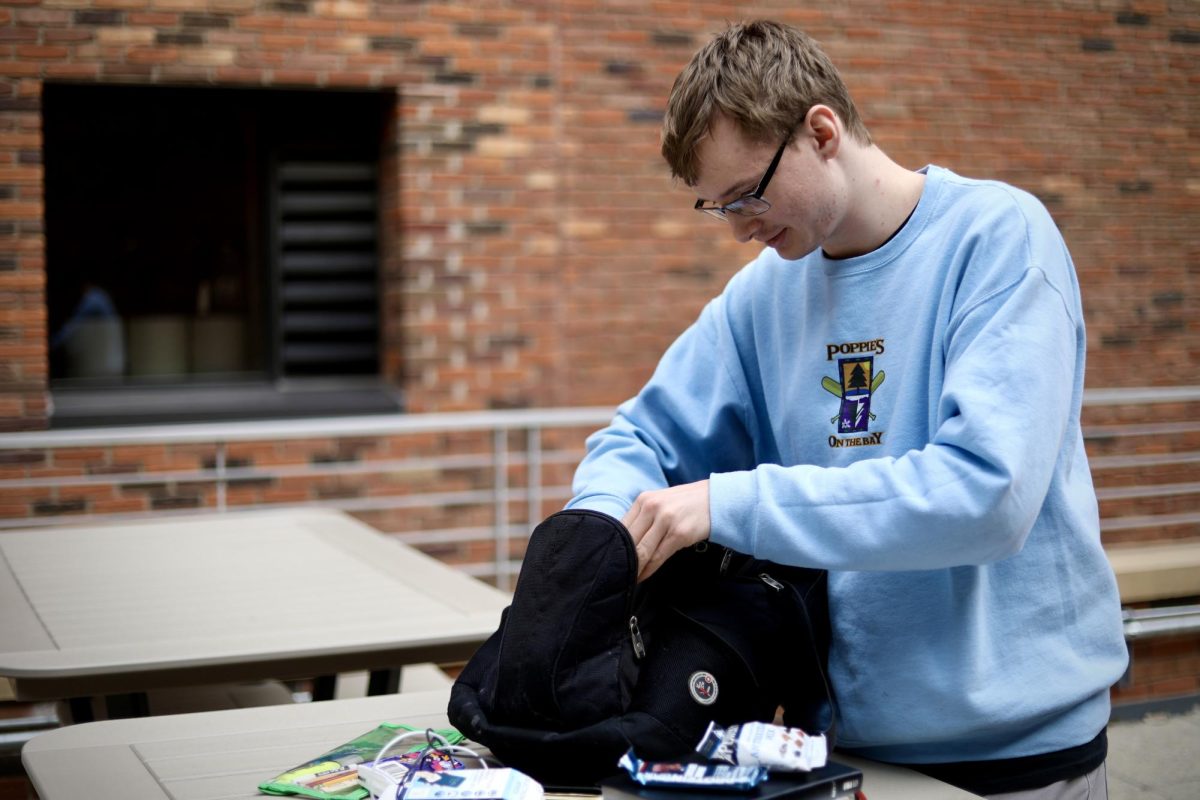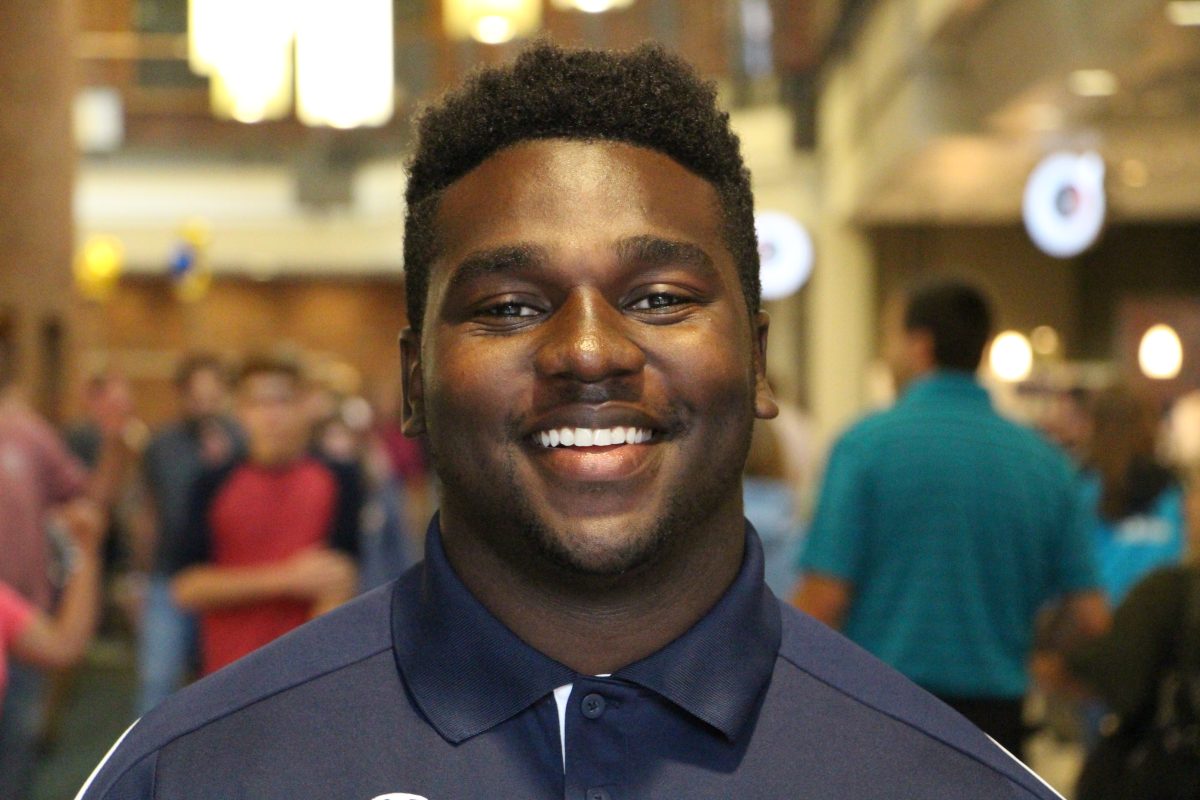The following is an opinion piece and does not necessarily reflect the views of The Clarion, its staff or the institution. If you would like to submit a response or an opinion piece of your own, please contact [email protected].
Maybe barbershops provide more than haircuts.
By Godfrey Mpetey
My dad’s voice blared as an alarm rousting me from my bed on Saturday morning. My body remained tender and bruised from last night’s football game. My dad and I shared a tradition throughout high school of traveling to J-Klips barber shop in Minneapolis to get our hair cut. The decision to go to the barber was always my dad’s discretion. He would rarely let me choose my own cut. For the first 18 years of my life, I stuck to the bald fade.
The eastside barbershop on Lake Street in Minneapolis buzzes with clients flowing in and out. The clients represented a predominantly African American and Hispanic community. Some stop to get a haircut on their way to work. Some stop by to say “what’s up” to their barbers. Some bring their children in for their first haircut.
Haircuts were always an ordinary task for me growing up. Our barber, Arthur, faded our hair with shorter sides while lining the borders of our head. The music of Kirk Franklin accented the shop as the clippers buzzed through my hair. Arthur’s hand caressed my temple as he presses his razor into my skull. My nappy, curly black hair fell from above like snow on Dec. 25.
Anxiousness set in as 15 minutes turned to 3o. Thirty minutes transitioned to an hour. The razor sharp edgers skinned the sensitive skin on the top of my neck. Arthur applied rubbing alcohol to his hands and spread it across my scalp. It burned as it soaked into my raw edges. He set his big finale as he dusted off the remnants of my curls to the hair-covered floor.
I dreaded mornings like this. To me, the only benefit from the early morning trip was a stop at Cub Foods on the way home to pick up an assortment of bakery doughnuts.
Haircutting is an intimate process where any personal space is forgotten in order to create a fresh end product. As much as the haircut is important, the one cutting the hair is vital to the process.
A traumatic event occured when my family moved to our new home in south suburban Minnesota. A mini stripmall was built a minute from our house. The only haircut option: GreatClips. I entered through the door with my uneven, curly, nappy hair.
I approached the check-in desk and asked for a haircut. The receptionist booked me with a hair stylist who asked what I liked. I told her: “a bald fade,” as I did on previous Saturday mornings. Her face looked puzzled as she grabbed her clippers and began mowing through my nappy dome. Hair fell off my skull. I hesitated to ask if she had ever had a black customer.
After no more than 15 minutes, she presented me her final product. My first glimpse in the mirror revealed my head shaven with patches of curly hair spread throughout my scalp. The sight struck my core. How could I let this go? What did I let her do to my hair? The only way to resolve this was a therapy session.
The barber shop is my therapy office. The barber chair is equivalent to a black leather couch. The clippers and equipment act as shelves filled with clinical journals and books. The barber is the therapist who shaped and lined my thoughts through his edgers.
I learned that those times – when I sat in the chair until my legs went numb – were for a reason. Our patience is tested through moments we treated as ordinary. Sometimes we find it hard to see the end product.
Haircuts aren’t meant to be convenient and rushed. Our lives are replicated through the barber chair. The barber crafts this moment through his expertise. Perfection isn’t found in 15 minutes. When we rush, we may miss times which seek to stretch us from our basic, comfortable lifestyles.

![Nelson Hall Resident Director Kendall Engelke Davis looks over to see what Resident Assistant Chloe Smith paints. For her weekly 8 p.m. staff development meeting in Nelson Shack April 16, Engelke Davis held a watercolor event to relieve stress. “It’s a unique opportunity to get to really invest and be in [RAs’] lives,” Engelke Davis said, “which I consider such a privilege.”](https://thebuclarion.com/wp-content/uploads/2024/05/041624_KendallEngelkeDavis_Holland_05-1200x800.jpg)















